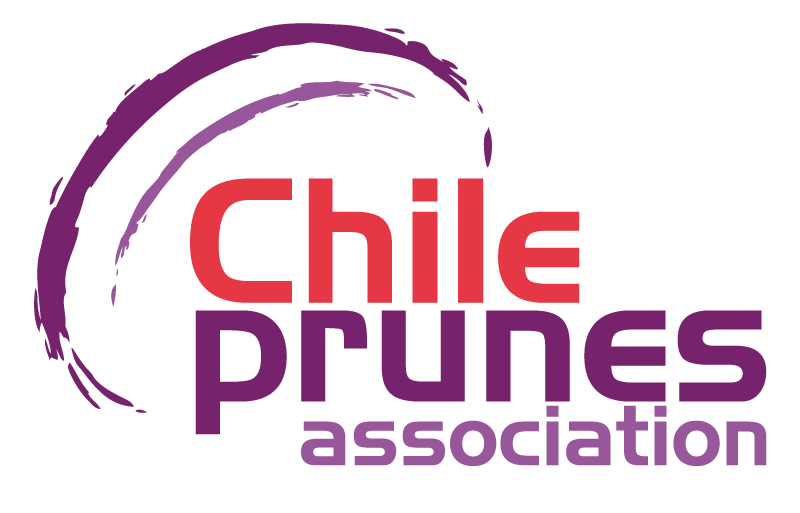Juan Pablo Sotomayor, technical manager of Frutexsa, a leading company in shipping nuts from this country to the world, was one of the speakers at the 10th edition of the Expo Ciruelas Secas, an instance where the main procedures that take place in the field were analyzed. field and the steps to follow for the development of the sustainability of the industry.
On the occasion, he started by pointing out that the total production of Chilean prunes in 2022 was 103,000 tons, but that our potential is between 105 to 110 thousand tons. Between fresh fruit, discard and loss there were 20 thousand tons, while the remaining 82.6 thousand tons was available for the industry in dehydrated plum.
Currently, there are 12,530 hectares planted with European plum, where Region VI represents 68.7% of the total (for this reason, the Dried Plum EXPO, organized by the Association of Prunes Processors and Exporters of Chile, Chileprunes, is carried out in this area).
Regarding new plantations, he pointed out that there are no plants available in the nurseries, and there is an estimate of planting of 700 to 1,000 hectares for the period 2023-2024.
After these macro figures, Juan Pablo Sotomayor addressed the issue of pruning, flowering, harvesting and drying, among others.
For the Frutexsa expert, good pruning translates into good yields and that generates good calibers. “The year 2022, in terms of cold, was very good and that allowed us to enter almost perfect flowering. And that meant that 80% of the orchards had fairly regular flowering. It was more advanced than the previous year.”
In the season there was a greater availability of pruners, although this did not prevent a sustained increase in the cost of pruning, $1,000 to $1,200 average per plant / contractor. There was also better load regulation in search of improving calibers and an increasing use of “sprayable paints” based on trichodermas to the detriment of the use of traditional paints.
Regarding flowering, this was ahead of normal in date in practically all areas, and there were cool temperatures throughout this period.
Of course, it asks to take into account some threats that hang over fruit trees: aphids (considered in health programs), kids (which eat the roots) and a bird, the Chirigua (which eats the flower buds).
The start of the harvest was budgeted between February 6 and 10. Harvest volumes and sizes were generally within expectations, with excellent fruit quality and good sugar levels. Likewise, the drying conditions were very favorable.
In the future, the technical manager at Frutexsa, in general, commented that “we are in a super good agricultural season, field management is aware, we are enjoying a good business, we must take care of it and work well. That it can change to the extent that the producing countries begin to have their normal productions and the prices can be different; so we cannot forget quality, we have to produce well”.



